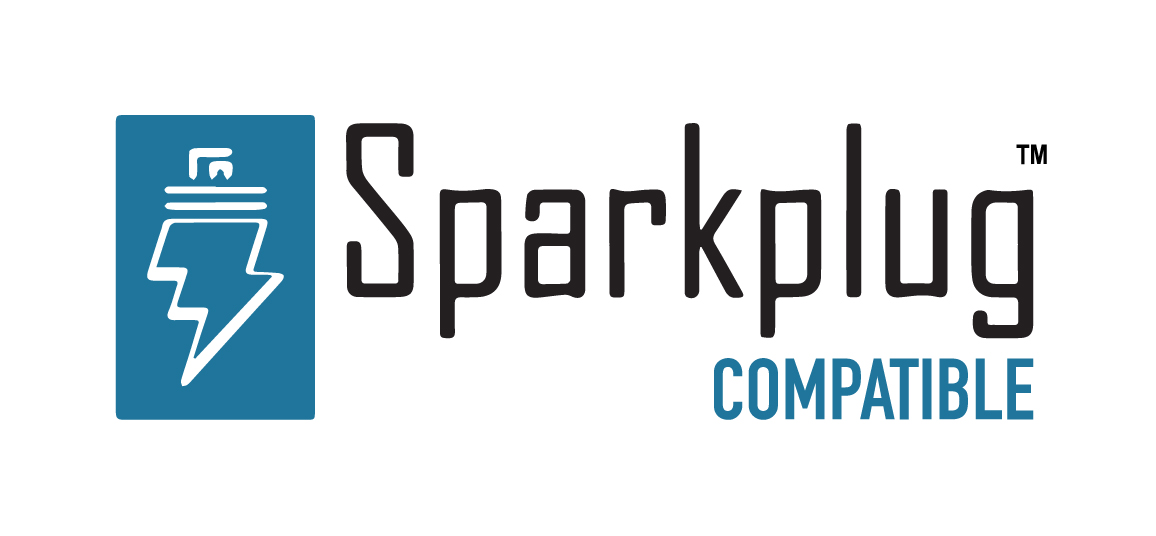N3uron Node / Links Overview

Links Overview
Description
In this video of our N3uron Academy, we are going to talk about one of the main functionalities of N3uron, links, which are secure tunnels used by N3uron to communicate with nodes.
[02:09] Links Overview
[04:11] Configuring Links
[01:44] Views
[04:44] Store & Forward
Transcription
[00:00] In this video, we are going to talk about one of the main functionalities offered by the N3uron platform: Links. N3uron has been specially designed for deploying distributed architectures, allowing two or more nodes to connect with one another and share data. The secure tunnels used by N3uron to communicate with nodes are called Links. Links allow data to be exchanged in real-time, displaying the current value of tags in both the source and destination node. Data is time-stamped at the origin, maintaining time consistency across the entire fleet of nodes. The node initiating the communication only requires an outbound connection, meaning that there is no need to open any inbound ports in the network’s firewall. Therefore, it’s safe to say that Links are firewall-friendly. Regardless of which node starts the communication, data exchange is always fully bidirectional.
[01:00] This means that both nodes can send and receive information, making links especially convenient for sending commands to remote nodes and exchanging data with third-party applications. In addition, the use of bandwidth is extremely efficient, since all data sent is highly compressed. When it comes to security, all data transfers are made secure by encrypting all data sent using the TLS 1.3 cryptographic protocol to prevent data tampering. N3uron nodes exchange Digital Certificates for instant authentication. These certificates need to be manually approved by a user in both nodes, which adds an additional layer of security. All connections between N3uron nodes include an automatic Store&Forward mechanism, meaning that any data that is not delivered due to a communication outage between nodes is saved locally and automatically re-sent once the connection is restored. In terms of the storage capacity required by this Store & Forward mechanism, users should take into account that 100 million events occupy around 1GB of hard disk space. The next few videos will show you how extremely easy it is to deploy a node network.

